Gertrude Stein et Pablo Picasso
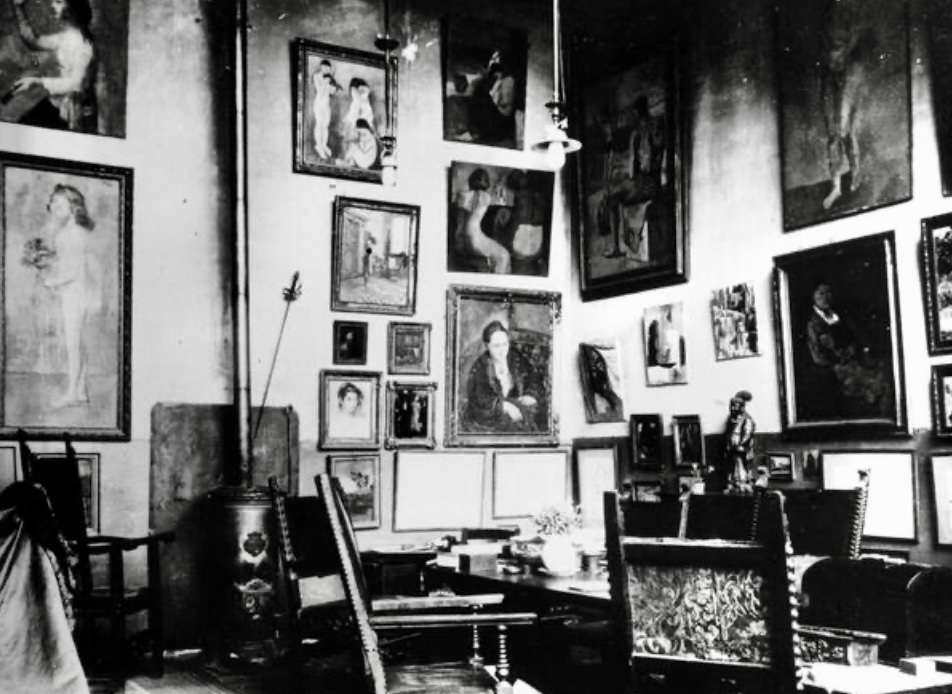
A major exhibition on the story of an extraordinary friendship between two icons of the 20th century, Pablo Picasso and Gertrude Stein. The exhibition spans a century of art, poetry, music and theater through great figures of art.
“A writer should write with his eyes and a painter paint with his ears.” Gerstrude Stein
A phrase that could characterize the fertile dialogue between the poet Gerstrude Stein and the painter Pablo Picasso. A friendship that was formed around their respective work, the founders of Cubism and the literary and pictorial avant-gardes of the 20th century.
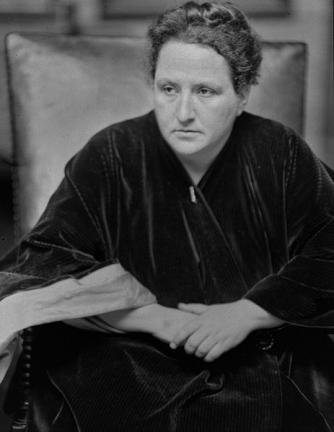
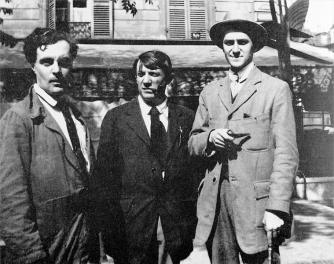
Gertrude Stein, an American Jewish immigrant, settled in Paris shortly after the arrival of Pablo Picasso in 1901. Their position as foreigners, with approximately mastery of French, and their marginality founded their belonging to Parisian bohemia and their artistic freedom. Their friendship was sealed by the portrait of Stein that Picasso decided to paint in 1905, shortly after their meeting. This painting will require no less than 90 pose sessions and will forever fix the features of the poet and patron. United by the same fascination with Cézanne, the painter was inspired by the Portrait of the Woman with a Fan hanging in Stein’s apartment, rue de Fleurus. Gertrude also places the birth of her writing under the aegis of this pictorial work.
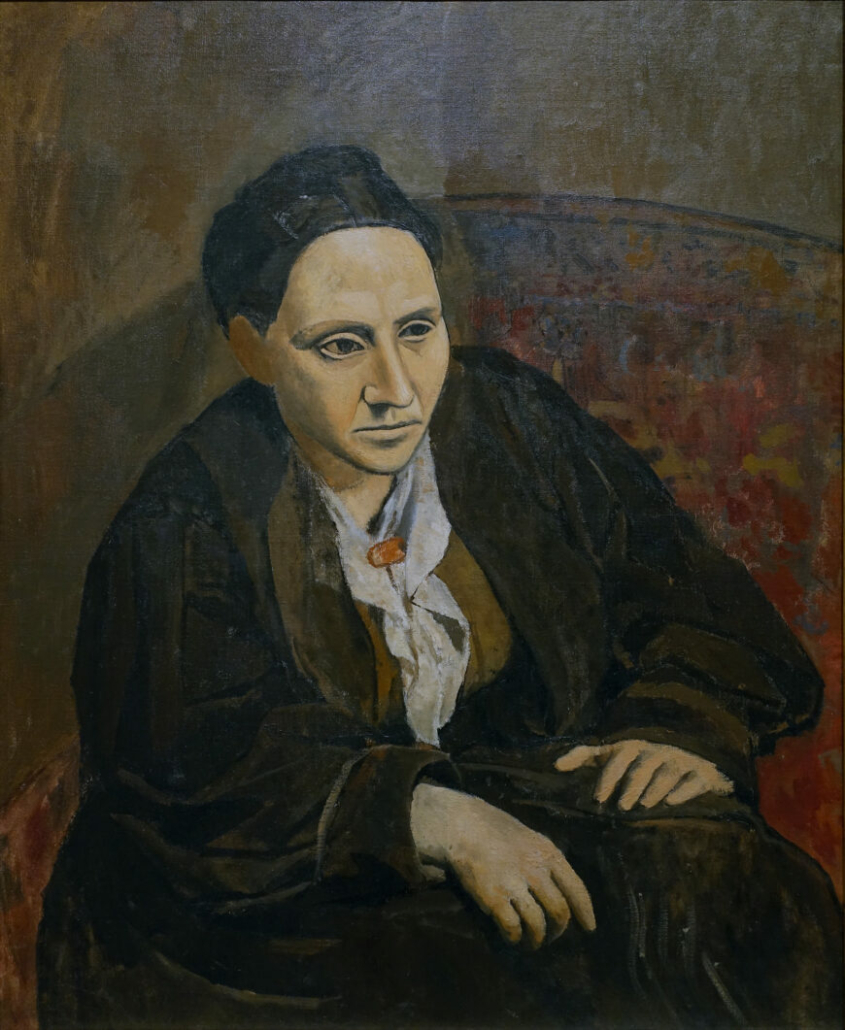
As her friendship with Picasso deepened, Gertrude Stein played an increasing role in painting purchases. Around 1907-08, she and her brother acquired a set of fourteen studies for the Demoiselles d’Avignon and the Nude à la draperie, testing to a real commitment to the painter’s side as he approached the difficulty and then little understood phase of his pre -cubist painting. It was at this time that works as significant as the Nude with a Towel or the Three Women appeared on the walls of the Rue de Fleurus.
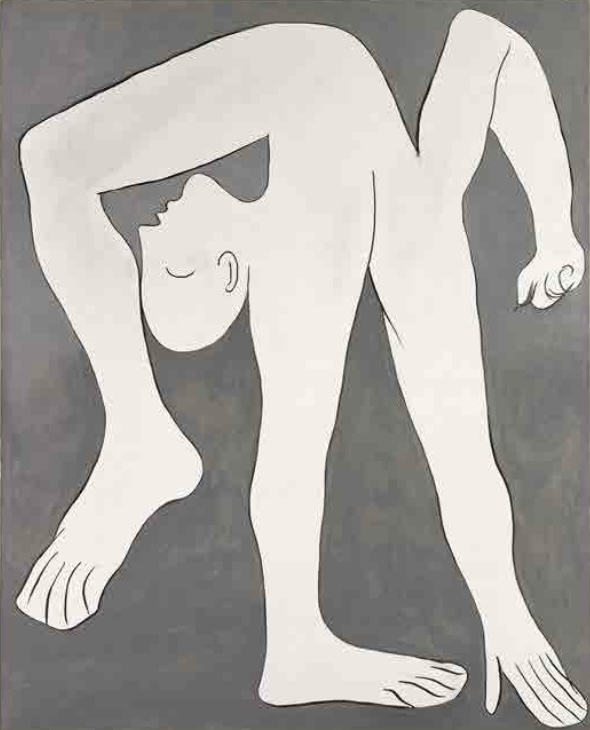
Building her writing on the flatness of a continuous present, an unfolded, deconstructed syntax, which plays on the orality of repetition, Gertrude Stein began her great fresco, The Making of Americans, in 1910. She wrote portraits, notably those of Matisse and Picasso, a diptych published in Stieglitz’s magazine, Camera Work, in 1912, which were perceived as Cubist texts, like the works of Picasso that she collected. Crowned with her status as protector of the arts, since the war she has been surrounded by young Americans who come to train in the artistic capital. It was she who named the young writers who visited her, Ernest Hemingway, Scott Fitzgerald and Sherwood Anderson, “Lost Generation”.
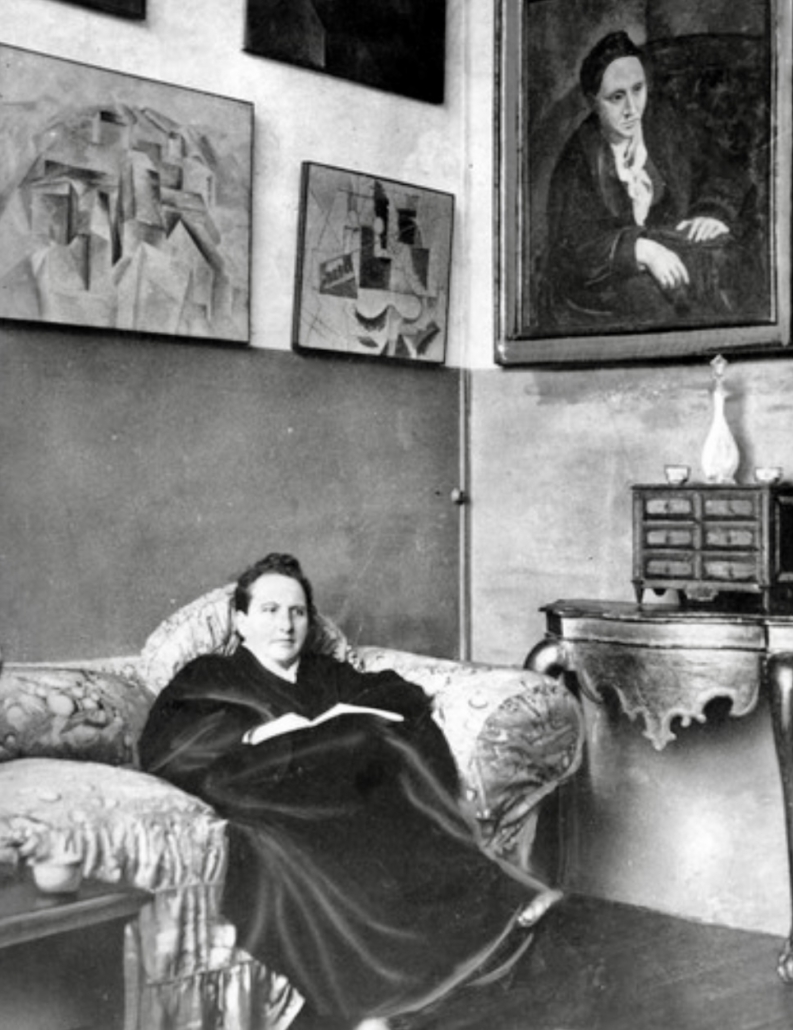
The exhibition highlights the posterity of the two artists through great figures of art: Henri Matisse, Juan Gris, Marcel Duchamp, Jasper Johns, Andy Warhol, Bruce Nauman, Carl Andre, Joseph Kosuth, Hanne Darboven, Glenn Ligon , John Cage, Steve Reich, Bob Wilson, Philip Glass… 28 works centered around the Cubist years and the Demoiselles d’Avignon, as well as the archives of the patron and poet.
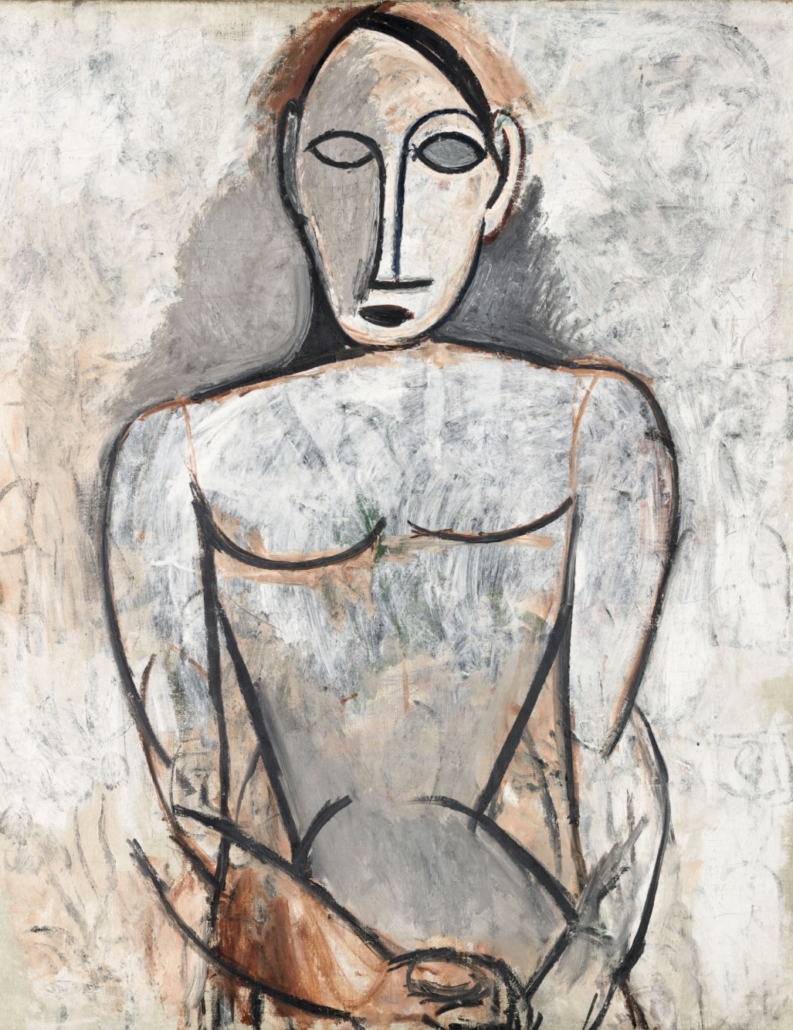
The American posterity of this dialogue forms the second part of the exhibition (the “American Moment”) with emblematic works from Steinian writing, from the 1950s to the present day: from the Living Theater and the musical, plastic and neo-dada and fluxus theatrical works, through minimal art around language and the circle, to neo-conceptual and critical works.
September 13, 2023 – January 28, 2024
MUSEE du LUXEMBOURG
9 rue de Vaugirard 75006 Paris
01 40 13 62 00
Réserver
M


